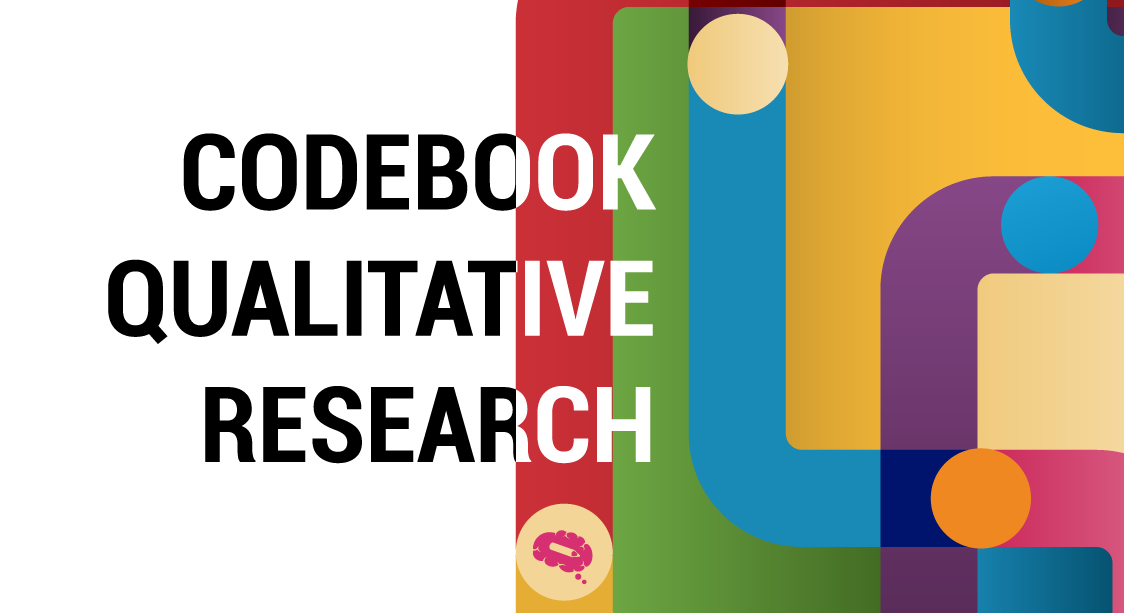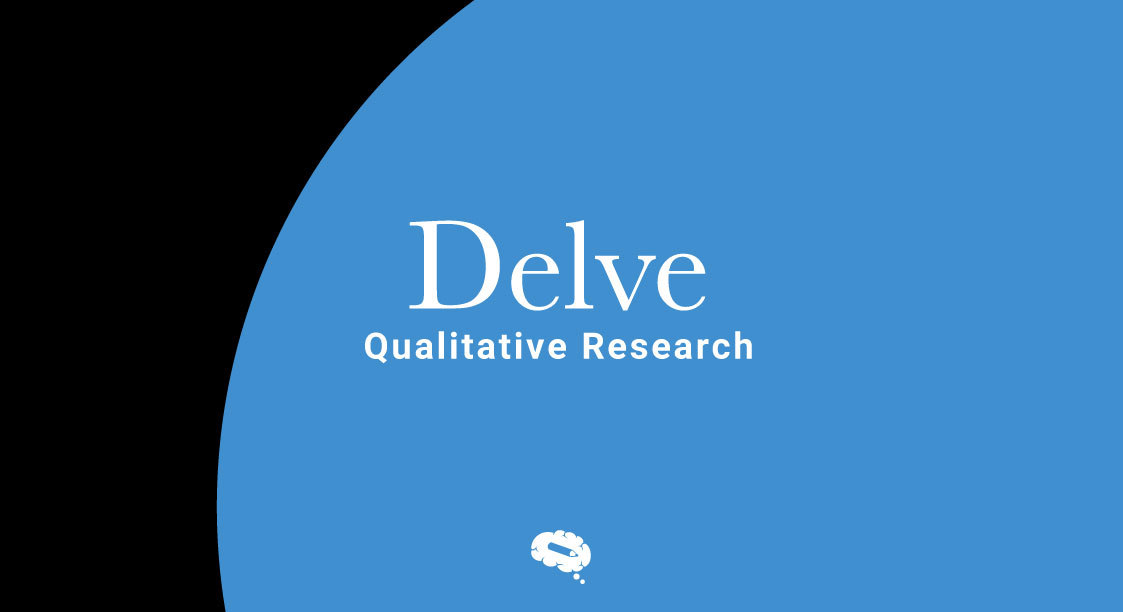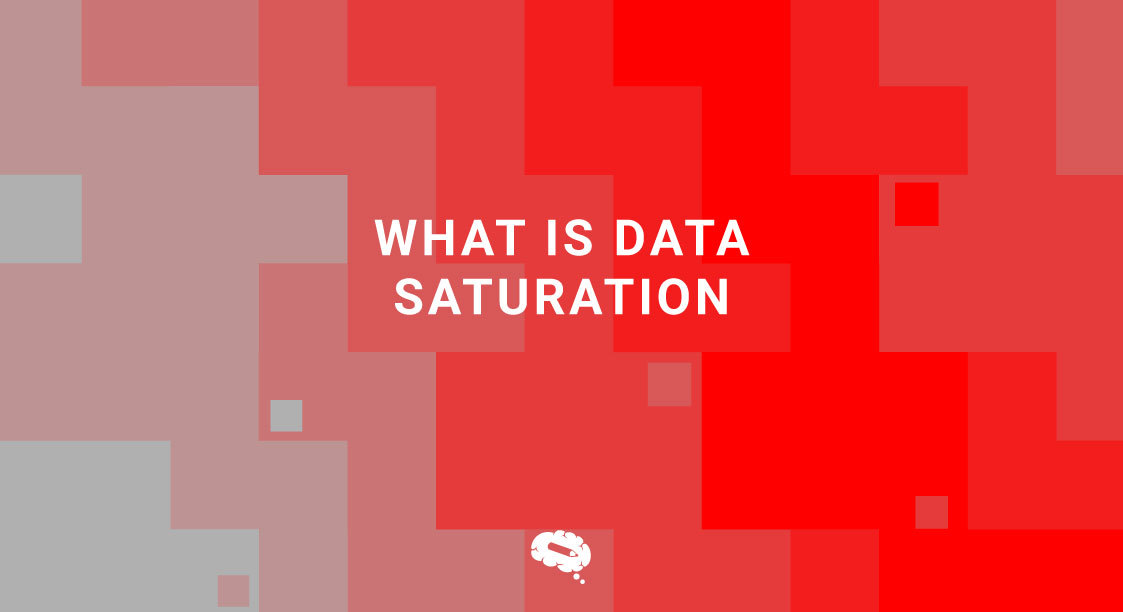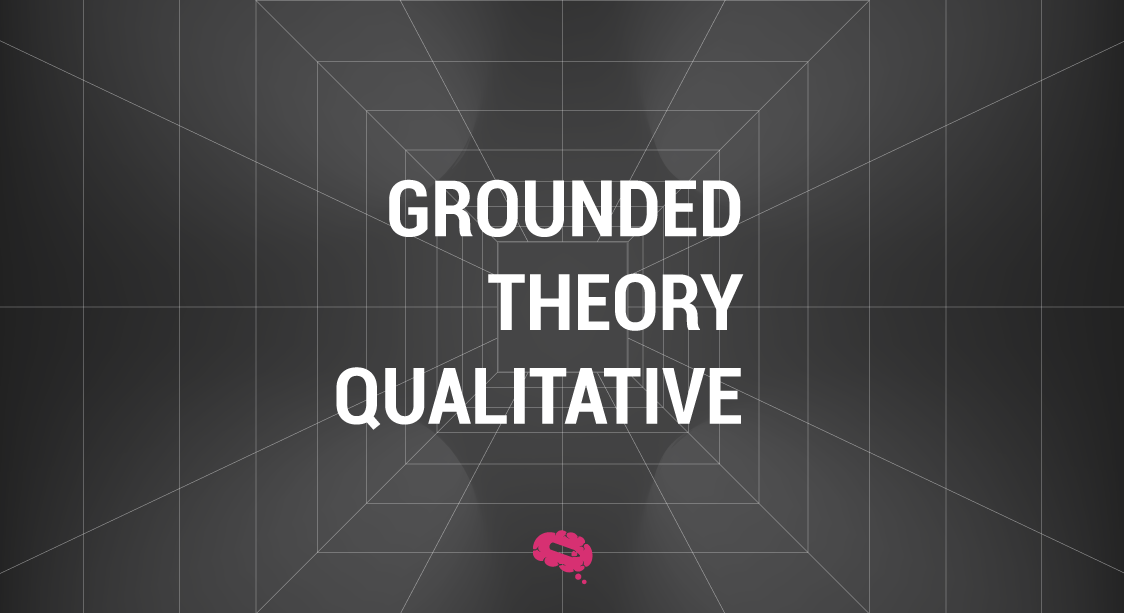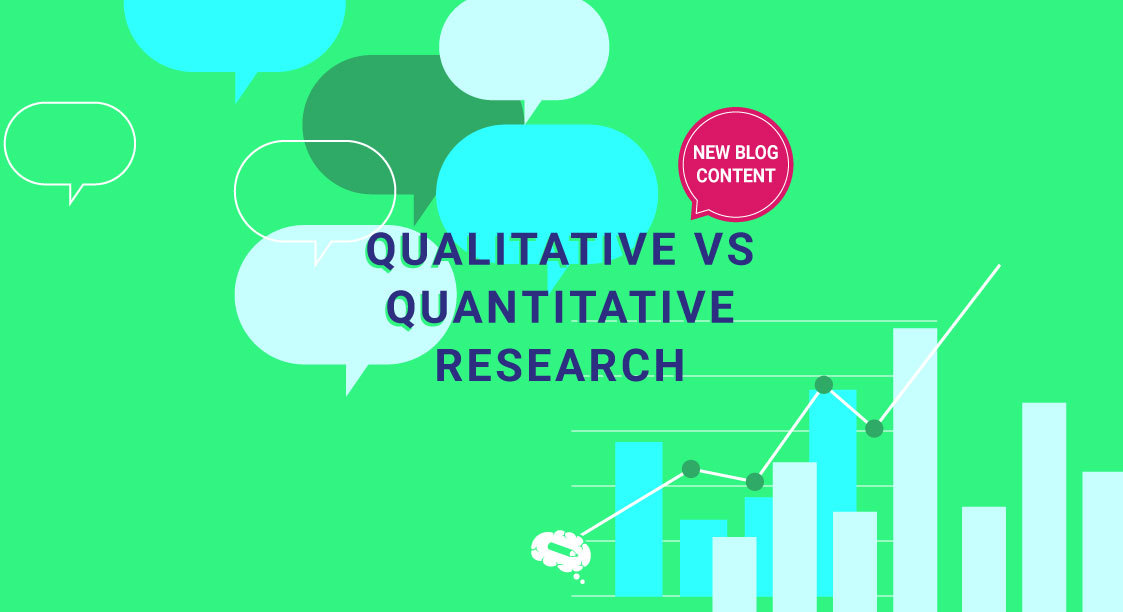In today’s data-driven world, qualitative data analysis stands as a cornerstone for understanding the intricacies of human experiences, behaviors, and perspectives. While quantitative methods provide numerical insights, qualitative analysis delves deeper, unraveling the richness of narratives, contexts, and meanings embedded within the data.
This guide serves as a compass through the terrain of qualitative data analysis, offering clarity amidst the complexities of interpreting non-numerical data. Whether you’re a seasoned researcher or a novice navigating the realm of qualitative analysis, this resource aims to illuminate pathways to insightful interpretations and meaningful discoveries.
Throughout this guide, various approaches, techniques, and best practices essential for conducting robust qualitative data analysis will be explored. From understanding the fundamentals of qualitative inquiry to employing advanced methods for data interpretation, each section is designed to equip readers with the tools needed to unlock the stories hidden within their data.
Understanding Qualitative Data
Qualitative data comprises non-numerical information that seeks to understand the quality or nature of phenomena. Unlike quantitative data, which deals with quantities and measurements, qualitative data focuses on exploring and interpreting meanings, experiences, and behaviors within their natural contexts. It often involves gathering rich, descriptive data through methods such as interviews, observations, and textual analysis.
What Is Qualitative Data?
Qualitative data encompasses a wide range of information that is collected and analyzed to gain insights into the complexities of human behavior, perceptions, and social phenomena. This type of data is typically descriptive and subjective, allowing researchers to explore nuances, patterns, and underlying meanings that quantitative data alone may not capture. Qualitative data can take various forms, including text, images, audio recordings, and video footage.
Qualitative data can be categorized into several types based on the sources from which it is gathered and the methods used for collection:
- Interviews: Qualitative interviews involve in-depth conversations between researchers and participants to explore their perspectives, experiences, and opinions on a particular topic. These interviews can be structured, semi-structured, or unstructured, depending on the level of guidance provided by the researcher.
- Observations: Qualitative observations involve systematically watching and recording behaviors, interactions, and events in natural settings. Researchers may adopt participant observation, where they immerse themselves in the environment being studied, or non-participant observation, where they observe from a distance.
- Focus Groups: Focus groups involve bringing together a small group of participants to discuss specific topics or issues in a group setting. This method allows researchers to gather collective insights, uncover group dynamics, and explore shared experiences and perspectives.
- Textual Analysis: Qualitative textual analysis involves examining written or textual data, such as documents, articles, social media posts, or literature, to identify themes, patterns, and meanings. Researchers may use techniques such as content analysis, thematic analysis, or discourse analysis to interpret the data.
- Visual Data: Qualitative research may also involve the analysis of visual data, including photographs, drawings, paintings, or videos. Visual data can provide rich insights into cultural norms, social practices, and individual experiences, complementing other qualitative methods.
By utilizing a combination of these qualitative data types, researchers can gain a comprehensive understanding of complex phenomena, explore diverse perspectives, and generate rich, nuanced insights that contribute to knowledge advancement and social change.
Differences Between Qualitative And Quantitative Data
In summary, qualitative and quantitative data differ in their nature, measurement, and analysis approach. Qualitative data is subjective, descriptive, and focuses on understanding meanings and contexts, while quantitative data is objective, measurable, and emphasizes statistical analysis. The choice between qualitative and quantitative data depends on the research objectives, the nature of the phenomena under investigation, and the depth of understanding required.
Key Differences
- NatureofData:
- Qualitative Data: Qualitative data consists of non-numerical information that focuses on understanding the quality or nature of phenomena. It involves descriptions, narratives, and interpretations of experiences, behaviors, and perceptions.
- Quantitative Data: Quantitative data comprises numerical information that quantifies and measures phenomena. It deals with quantities, frequencies, and statistical analyses to identify patterns and relationships.
- Measurement:
- Qualitative Data: Qualitative data is subjective and descriptive, often gathered through methods such as interviews, observations, or textual analysis. It explores meanings, contexts, and underlying perceptions.
- Quantitative Data: Quantitative data is objective and measurable, typically collected through surveys, experiments, or structured observations. It involves precise measurements, numerical values, and statistical analyses.
- AnalysisApproach:
- Qualitative Data: Qualitative data analysis focuses on exploring, interpreting, and making sense of the richness and complexity of data. It involves techniques such as thematic analysis, content analysis, or grounded theory, emphasizing in-depth understanding and context.
- Quantitative Data: Quantitative data analysis involves statistical methods to analyze numerical data and test hypotheses. It employs techniques such as descriptive statistics, inferential statistics, and regression analysis to quantify relationships and patterns.
When to Use Each Type of Data
Qualitative Data:
- Use qualitative data when exploring complex phenomena that require in-depth understanding, such as human behavior, perceptions, and social processes.
- Use qualitative data when seeking rich, descriptive insights into individuals’ experiences, motivations, and cultural contexts.
- Use qualitative data when initial exploration and hypothesis generation are needed before quantitative investigations.
Quantitative Data:
- Use quantitative data when aiming to quantify relationships, patterns, or trends in phenomena through statistical analysis.
- Use quantitative data when conducting large-scale surveys or experiments that require numerical measurements and precise comparisons.
- Use quantitative data when seeking to generalize findings to a larger population and make predictions based on statistical models.
Related article: What’s the Difference: Qualitative vs Quantitative Research?
Fundamentals Of Qualitative Data Analysis
Understanding the fundamentals of qualitative data analysis is essential for researchers seeking to explore the complexities of human experiences, behaviors, and phenomena.
Principles Of Qualitative Analysis
- Interpretive Understanding: Qualitative analysis aims to interpret and understand the meanings, perspectives, and experiences embedded within the data. Researchers approach analysis with an open mind, acknowledging the subjective nature of human experiences and seeking to capture the richness and complexity of the phenomena under investigation.
- Contextualization: Context plays a crucial role in qualitative analysis. Researchers consider the broader social, cultural, and historical contexts surrounding the data to provide depth and nuance to their interpretations. Understanding the context helps researchers uncover patterns, themes, and relationships that may influence the phenomena being studied.
- Reflexivity: Qualitative researchers reflect on their own biases, assumptions, and perspectives throughout the analysis process. Reflexivity involves critically examining the researcher’s role in shaping data collection, interpretation, and representation. By acknowledging their subjectivity, researchers strive for transparency and rigor in their analytical approach.
- Iterative Process: Qualitative analysis is often iterative and cyclical, involving repeated cycles of data collection, coding, analysis, and interpretation. Researchers continuously refine their understanding and insights through ongoing engagement with the data, allowing for flexibility and adaptation as new perspectives emerge.
Stages In Qualitative Analysis
- Data Collection: The qualitative analysis process begins with data collection, which may involve methods such as interviews, observations, focus groups, or document analysis. Researchers gather rich, descriptive data that capture the nuances and diversity of participants’ experiences and perspectives.
- Data Organization: Once data is collected, researchers organize and prepare it for analysis. This stage may involve transcribing interviews, organizing field notes, or categorizing textual or visual data for easier retrieval and management.
- Data Coding: Coding is a fundamental aspect of qualitative analysis, involving the systematic labeling and categorization of data based on themes, patterns, or concepts. Researchers use inductive or deductive approaches to identify and code segments of data relevant to their research questions.
- Theme Development: After coding the data, researchers identify recurring themes, patterns, or concepts that emerge from the analysis. Themes represent meaningful patterns or insights within the data and provide a framework for organizing and interpreting findings.
- Data Interpretation: In this stage, researchers analyze and interpret the coded data to generate insights and conclusions. Interpretation involves synthesizing the findings, exploring relationships between themes, and examining how they relate to the research objectives and broader theoretical frameworks.
- Validation and Triangulation: Qualitative researchers strive for validity and reliability by employing strategies such as member checking, peer debriefing, and triangulation. Validation ensures the trustworthiness and credibility of the findings by seeking multiple perspectives and sources of evidence.
- Presentation of Results: Finally, researchers present their findings in a clear, coherent manner that effectively communicates the key insights and implications of the study. This may involve writing narrative descriptions, creating visual representations, or presenting quotes and excerpts to illustrate key themes and findings.
Methods Of Qualitative Data Analysis
By understanding the methods of qualitative data analysis, researchers can navigate the complexities of data interpretation and uncover meaningful insights that contribute to knowledge advancement and social change. Check out some of these methods below:
Manual Analysis
Manual analysis involves the systematic examination and interpretation of qualitative data without the aid of specialized software tools. Here’s an overview of how to manually analyze qualitative data:
- Data Familiarization: Begin by immersing yourself in the data, such as transcribed interviews, field notes, or textual documents. Read and re-read the data to gain a thorough understanding of the content, context, and themes.
- Coding: Identify meaningful segments or units of data and assign descriptive labels or codes to them. Coding involves categorizing data based on themes, concepts, or patterns that emerge during analysis.
- Theme Development: Group related codes into overarching themes or categories. Look for connections, patterns, and variations within the data to develop a comprehensive understanding of the phenomena under investigation.
- Interpretation: Analyze the coded data to uncover insights, interpretations, and implications. Explore how themes relate to the research questions, theoretical frameworks, and broader contexts, and consider alternative perspectives and interpretations.
Computer-assisted Analysis
- Flexibility: Manual analysis allows researchers to adapt their approach to suit the unique characteristics of the data and research context.
- Deep Engagement: Manual analysis promotes in-depth immersion and understanding of the data, enabling researchers to uncover rich insights and nuances.
- Transparency: Manual analysis fosters transparency and reflexivity, as researchers are actively involved in the coding and interpretation process.
Key Techniques In Qualitative Data Analysis
Understanding qualitative data analysis techniques is crucial for researchers aiming to unravel the intricacies of human experiences, behaviors, and phenomena. This section delves into three key methods: Content Analysis, Grounded Theory, and Phenomenological Analysis. These approaches offer distinct pathways for interpreting qualitative data, each with its own merits and applications.
Content Analysis
Content analysis is a systematic method for analyzing qualitative data that involves categorizing and interpreting textual, visual, or audio content. Researchers identify themes, patterns, and meanings within the data by coding and categorizing segments based on predetermined criteria or emergent themes.
- Content analysis is best used when researchers aim to explore patterns, trends, or representations within textual, visual, or audio data.
- It is particularly useful for analyzing large datasets, such as media content, archival materials, or online discussions.
- Researchers typically employ a deductive or inductive approach to coding, depending on whether they start with predetermined categories or allow themes to emerge from the data.
Grounded Theory
Grounded theory is an inductive approach to qualitative analysis aimed at developing theories or explanations grounded in the data itself. Researchers collect and analyze data iteratively, constantly comparing new data with existing insights to refine and develop theoretical frameworks.
- Grounded theory is best used when researchers seek to generate new theories or explanations based on empirical data.
- It is particularly suited for exploratory research where the phenomena under investigation are complex and not well understood.
- Researchers typically engage in constant comparison, iteratively coding data, identifying categories, and refining theoretical concepts until saturation is reached.
Related article: Unlock New Insights with Grounded Theory Qualitative Research
Phenomenological Analysis
Phenomenological analysis is a qualitative method focused on understanding individuals’ lived experiences and subjective perspectives. Researchers explore the essence of phenomena by bracketing preconceptions and assumptions, aiming to uncover the underlying meanings and structures of lived experiences.
- Phenomenological analysis is best used when researchers aim to explore and understand the subjective experiences of individuals within a particular phenomenon.
- It is particularly suited for research areas such as psychology, sociology, and healthcare, where understanding lived experiences is central to the research questions.
- Researchers typically engage in in-depth interviews or phenomenological reflections, seeking to uncover common themes, patterns, and structures across participants’ experiences.
Challenges In Qualitative Data Analysis
This section delves into the challenges inherent in qualitative data analysis, focusing on two primary areas: data management and ensuring validity and reliability. Effective management of qualitative data presents various hurdles, including organizing, categorizing, and safeguarding diverse data types.
Common issues encountered in data management will be discussed alongside strategies to overcome them. Additionally, the concepts of validity and reliability in qualitative analysis will be explored, essential for establishing the trustworthiness and credibility of research findings. Understanding and addressing these challenges are crucial for researchers to enhance the rigor and impact of their qualitative data analyses.
By addressing challenges in data management and implementing strategies to ensure validity and reliability, qualitative researchers can enhance the rigor and trustworthiness of their analyses, ultimately contributing to the credibility and impact of their research findings.
Data Management
Data management poses significant challenges in qualitative analysis, primarily due to the volume, complexity, and diversity of qualitative data. Here are common issues and strategies for managing data effectively:
Common Issues
- Organizing and categorizing large volumes of qualitative data, including transcripts, field notes, and multimedia content.
- Ensuring consistency and accuracy in data coding and categorization across multiple researchers or coding sessions.
- Maintaining data confidentiality and security, particularly when dealing with sensitive or personal information.
- Handling different data formats and sources, such as text, audio, video, and images, and integrating them into the analysis process.
Tips and Strategies
- Develop a systematic data management plan at the outset of the research project, outlining procedures for data collection, storage, and analysis.
- Use software tools or databases designed for qualitative data management, such as NVivo, Dedoose, or MAXQDA, to facilitate organization, coding, and retrieval of data.
- Establish clear naming conventions and file structures to ensure consistency and ease of access to data files.
- Regularly back up data and maintain version control to prevent loss or corruption of data files.
- Implement protocols for data sharing and collaboration, including documentation of coding decisions and regular team meetings to discuss data management issues.
Ensuring Validity And Reliability
Validity and reliability are fundamental concepts in qualitative data analysis, ensuring the trustworthiness and credibility of research findings. Here’s an explanation of these concepts and strategies for enhancing validity and reliability:
Explanation of Concepts
- Validity refers to the extent to which qualitative findings accurately reflect the phenomena under investigation. It involves assessing whether the data collection and analysis methods capture the intended constructs and meanings.
- Reliability refers to the consistency and stability of qualitative findings over time and across different researchers or contexts. It involves ensuring that the research process produces consistent results that can be replicated or corroborated.
Strategies
- Triangulation: Use multiple data sources, methods, or researchers to corroborate findings and enhance the credibility of qualitative interpretations.
- Member Checking: Involve participants in the research process by validating interpretations or findings to ensure they accurately represent their experiences or perspectives.
- Reflexivity: Maintain awareness of your own biases, assumptions, and perspectives throughout the research process, documenting and reflecting on their potential impact on data collection and analysis.
- Audit Trails: Keep detailed records of coding decisions, analytic memos, and data transformations to enhance transparency and traceability of the analysis process.
- Peer Debriefing: Seek feedback and validation from colleagues or experts in qualitative research to review interpretations, challenge assumptions, and improve the credibility of findings.
Science Figures, Graphical Abstracts, And Infographics For Your Research
Mind the Graph is a user-friendly online platform designed to assist scientists in creating visually engaging scientific figures, graphical abstracts, and infographics. With customizable templates, a drag-and-drop interface, and a focus on scientific accuracy, researchers can efficiently communicate their findings with clarity and precision. The platform enables collaboration, sharing, and accessibility, empowering scientists to enhance the impact and accessibility of their research.

Subscribe to our newsletter
Exclusive high quality content about effective visual
communication in science.




